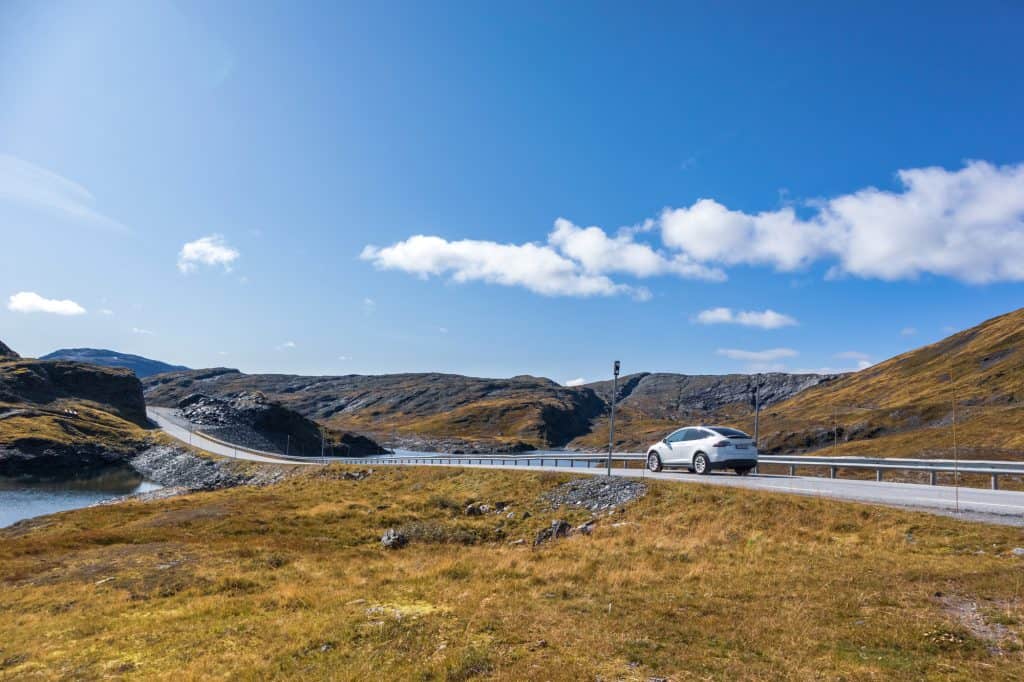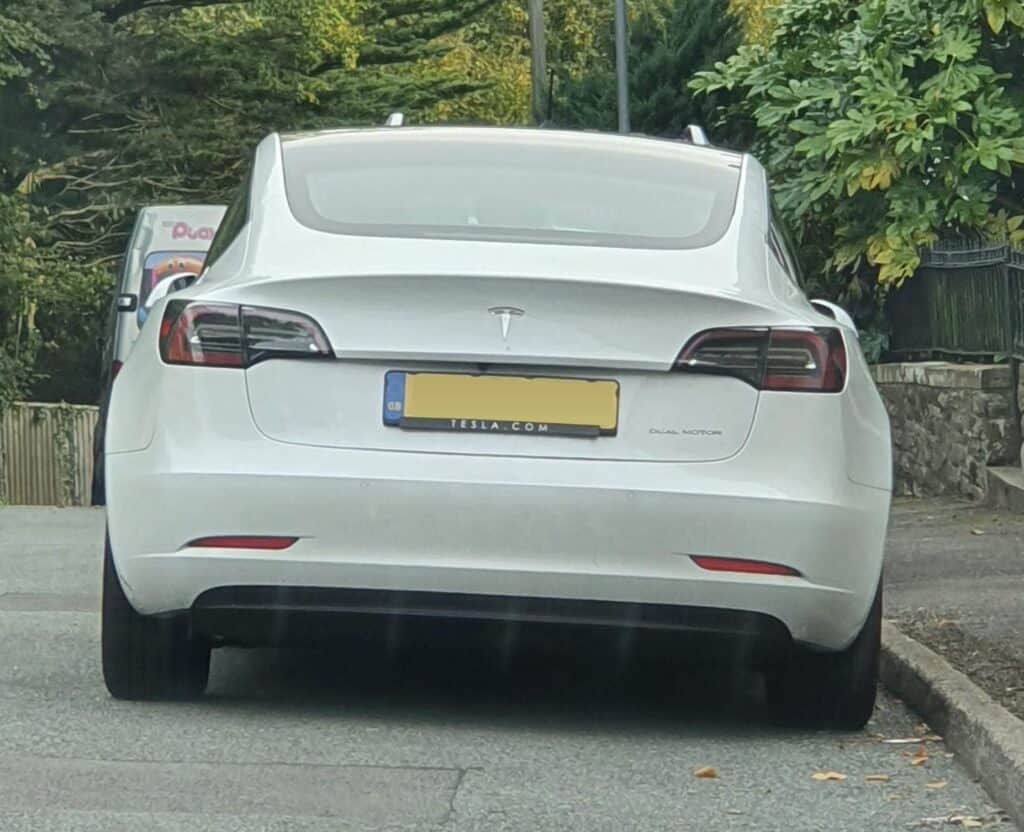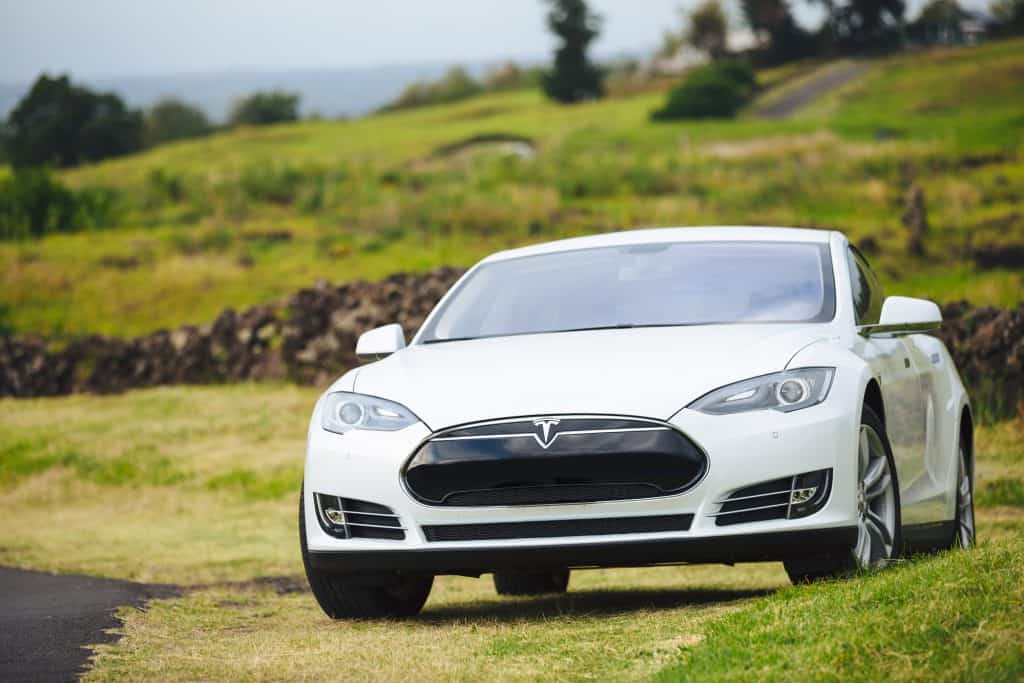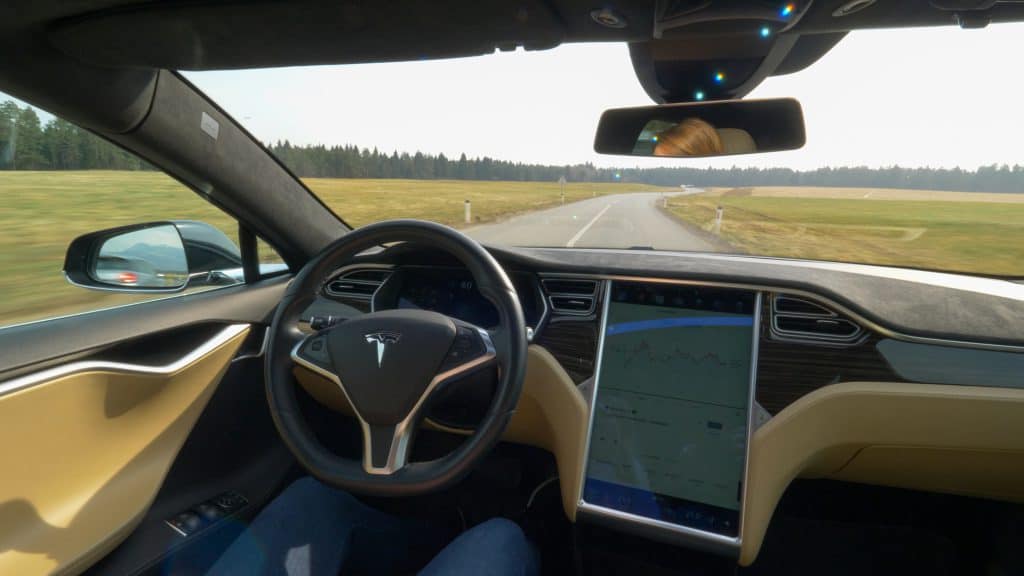If you’ve spent your entire life driving a manual transmission vehicle before making the switch to electric, then there are many things you have to start getting used to. Perhaps the biggest change for most people is the lack of a clutch pedal, but of course that can also be true even when switching to an automatic transmission, electric or not.
When you’ve been used to driving with a certain set of pedals a certain way, switching to a car like a Tesla can be daunting because there are a lot of new drive features that you have to explore and get used to:
- Regenerative braking
- Autopilot
- Full Self-Driving mode
- Creep mode
- And many more…
One other thing that some people struggle with is Tesla’s so-called “Vehicle Hold” function, which will form the basis of today’s blog. We’re going to explain in more detail what this function is, how it works, and most importantly whether or not you can rely on this as a safe function.
Background: Help with Hill Starting

OEMs have for many years been including various technologies in their vehicle designs that can help drivers to better and more easily manage hill start situations. For those who learned to drive in the 2000s, 1990s, and earlier, performing a hill start was among the most dreaded things that we thought we might have to do during any driving test.
It might not even have been something that we were specifically tested on, but rather a natural result of driving in our local area.
The idea of stalling the car on a hill, or being wedged between cars on a hill with no room for error as you try to maneuver out of that situation tended to fill new drivers with dread, but no longer thanks to hill start assist technology. The main function of this feature is to keep your car in place for a vital second or two while you release the brake and then move your foot to the gas pedal. What’s more, it would help you do it without stalling.
It’s not just a feature to help benefit new and inexperienced drivers, however. The main idea behind hill start assist is to generally reduce damaging stalls, and to reduce the risk of low-speed collisions and even potentially dangerous situations with cars slipping down slopes at bad moments.
Through the years, this kind of technology has become increasingly sophisticated, and in Tesla cars, they now have a feature known as “Vehicle Hold.” In the next section, we’ll discuss in more detail what this feature does.
What is Tesla “Vehicle Hold” and How Does it Work?
In short, “Vehicle Hold” is a feature designed to hold a Tesla in place when stopped, even after the driver has removed their foot from the brake pedal. It’s actually not specifically designed just to work on hills and slopes, but on flat ground as well, which helps with intersections, preventing cars from creeping over the line, or moving out of place before it’s time.
To activate this function, all Tesla drivers have to do is first bring their car to a complete stop using their brakes as normal, before then pressing on the brake again and holding it until the “Vehicle Hold” symbol appears on their central screen:
The symbol is a capital “H” in a bracketed circle. Once the Vehicle Hold function is engaged, the driver can take their foot off the pedal and the vehicle will stay in place. To deactivate it, they need only press the brake again, or press on the accelerator pedal. Shifting the car into neutral will also deactivate Vehicle Hold.
Vehicle Hold has a further failsafe designed to improve on passenger safety, namely automatically moving the car into Park after 10 minutes of sitting idly in Vehicle Hold mode. This will cancel the Vehicle Hold mode, but the electronic parking brake will be activated when the car is in park, so the vehicle remains secure.
In the next section, we’ll deal with the relationship between Vehicle Hold mode and “Stopping Mode” (part of the regenerative braking settings) as there seems to be some confusion among some new Tesla owners regarding this.
Is Vehicle Hold Separate or Different from Stopping Mode?
What we described above is the conventional and manual way to activate the Vehicle Hold function, but there is one more way to take advantage of these hill hold features, and that’s through regenerative braking. When using regen braking, you can set up what the vehicle should do when it is slowed to extremely slow speeds. The three settings include:
- Creep, which is very similar to what a conventional automatic vehicle does in low-speed situations like slow-moving traffic. The idea is that creep mode will slowly move the car forward as long as one’s foot isn’t on the brake. It’s essentially an early form of one-pedal driving.
- Hold, which is the key setting that pertains to our blog today. If you set your Stopping Mode to “Hold,” what happens is that regenerative braking brings the car to a complete stop and then engages the above-described “Vehicle Hold” mode automatically, without the driver having to press on the brake themselves. Once again, it can be deactivated by putting the car in Neutral, or by pressing on the brake or the accelerator pedal.
- Roll. This allows the car to roll freely as if it were in neutral. This can be useful for when you want to allow the vehicle to roll freely down a slope without the motor having to apply any additional torque. That can be quite energy saving.
Contrary to what some people believe, using Creep mode is not enough to keep the Tesla moving up a slope without any input from the driver and the accelerator pedal. This is actually a common mistake that new Tesla drivers make.
How Does Vehicle Hold Help Drivers?

Let’s assume that a driver has engaged “Hold” as the main setting for their regenerative braking, and they are now out and about driving their Tesla. How will the Vehicle Hold function kick in and help them out?
When Driving on a Hill
First, let’s imagine that our driver is moving uphill in heavy traffic, slowly at first, but then grinding to a halt. The regenerative brakes will slow the car right down to a halt, and then Vehicle Hold will activate (as denoted by the above-mentioned “H” logo on the screen). To move forward, the driver need only restore their right foot to the accelerator and keep moving forward.
This takes the stress out of driving on a slope, with no need to worry about applying a clutch and brake combination, nor the need to use a parking brake. Even if you are stuck in that position for more than 10 minutes, the system will automatically place you in Park, which further secures you for longer.
When Parking and Starting on a Hill

Let’s say you have to park on a hill, and/or start up from that parking place each day, perhaps with other cars in front of and behind you. It can be awkward, and the pressure not to slide back is greater because there are other cars around. In this case, using Vehicle Hold will ensure that you don’t slide back before you get onto the accelerator and ready to move.
You can also use “Roll” mode in the Stopping Mode menu to allow you to freely roll the car a little backwards if there’s limited room in front of you. Afterward, you can apply the brake, activate Vehicle Hold in the conventional way, and then maneuver out of your parking spot when you’re ready with the accelerator pedal.
Is Vehicle Hold Safe? What Can Go Wrong?
There is one scenario that tends to scare Tesla drivers even when they know and understand about the Vehicle Hold function, and that’s what happens if you accidentally release the “Hold” mode while you’re on an upward slope? Will the car just start to roll back?
Tesla vehicles do come with a standard hill-start assist kind of feature that will continue to hold the car for a second on a hill, which is designed to give you enough chance to move from the brake pedal to the accelerator.
Furthermore, you can go into your regenerative braking settings and set the “Stopping Mode” to “Hold,” which will automatically engage the hold function whether you’re on a flat surface at an intersection, or on a hill.

But these functions only work so long as your foot is not pressing on either the accelerator pedal of the brake. Pressing on the accelerator will unlock “Hold” mode and start moving you forwards. Equally, tapping and releasing the brake will also release you from the “Hold” mode, and there’s no guarantee that regen braking and “Hold” would reactivate before you rolled forward at least a little backwards.
So, is the system safe? Overall, it seems very safe and it’s quite hard for anything to go wrong, especially once you’re already used to the system. It’s probably a good idea for new drivers, however, to practice using these functions if their Tesla is still relatively new to them. They should practice both the manual application of the Vehicle Hold function, and the automatic function using regenerative braking.
Assuming that you are using the functions correctly and as instructed, and that your Tesla is up to date on its software updates and service needs, there’s no reason to suspect that this feature will let you down. To be safest, however, it’s best for drivers to always ensure that they follow procedures and functions according to Tesla instructions. This should ensure continuing functionality and safety.